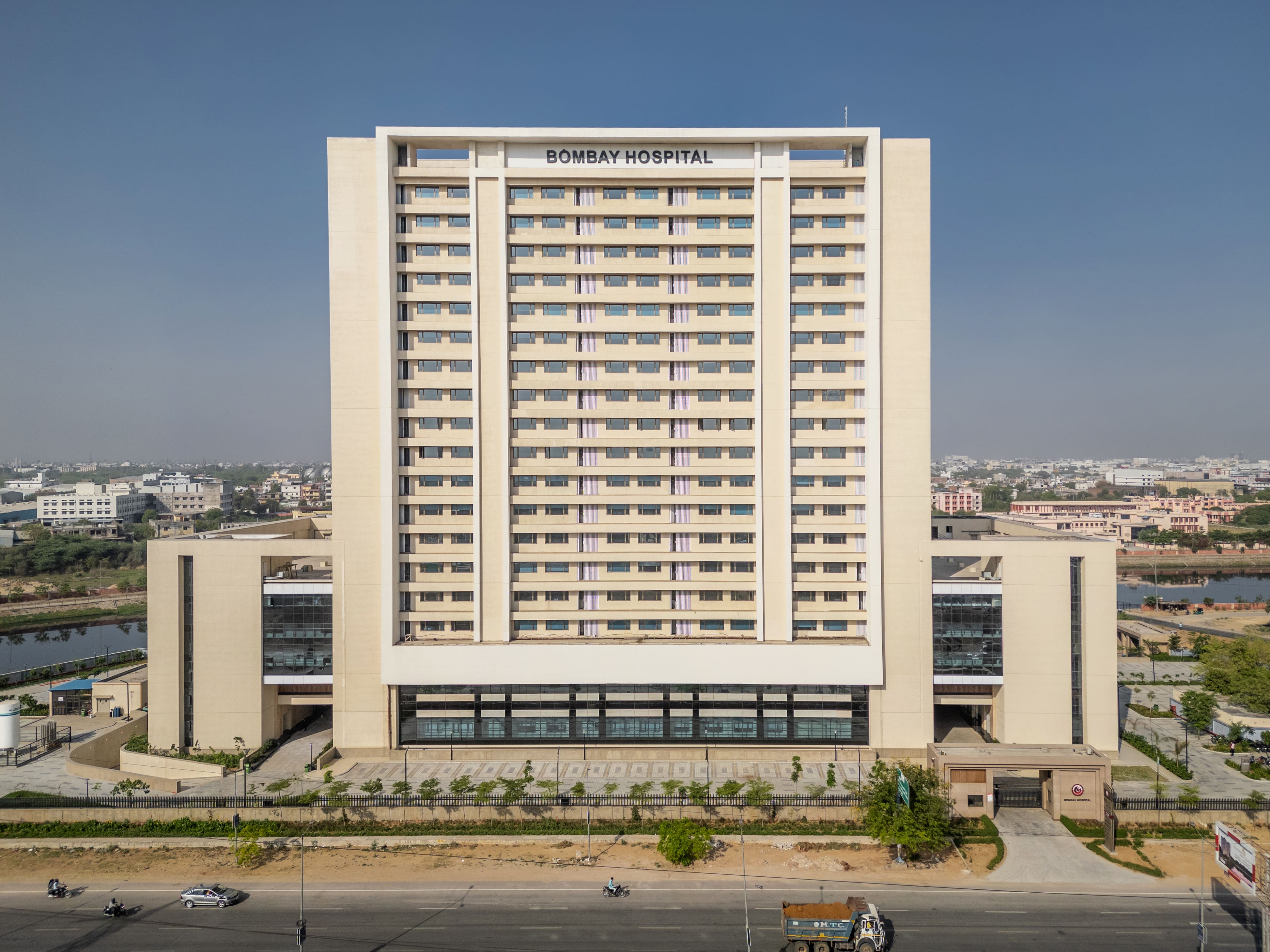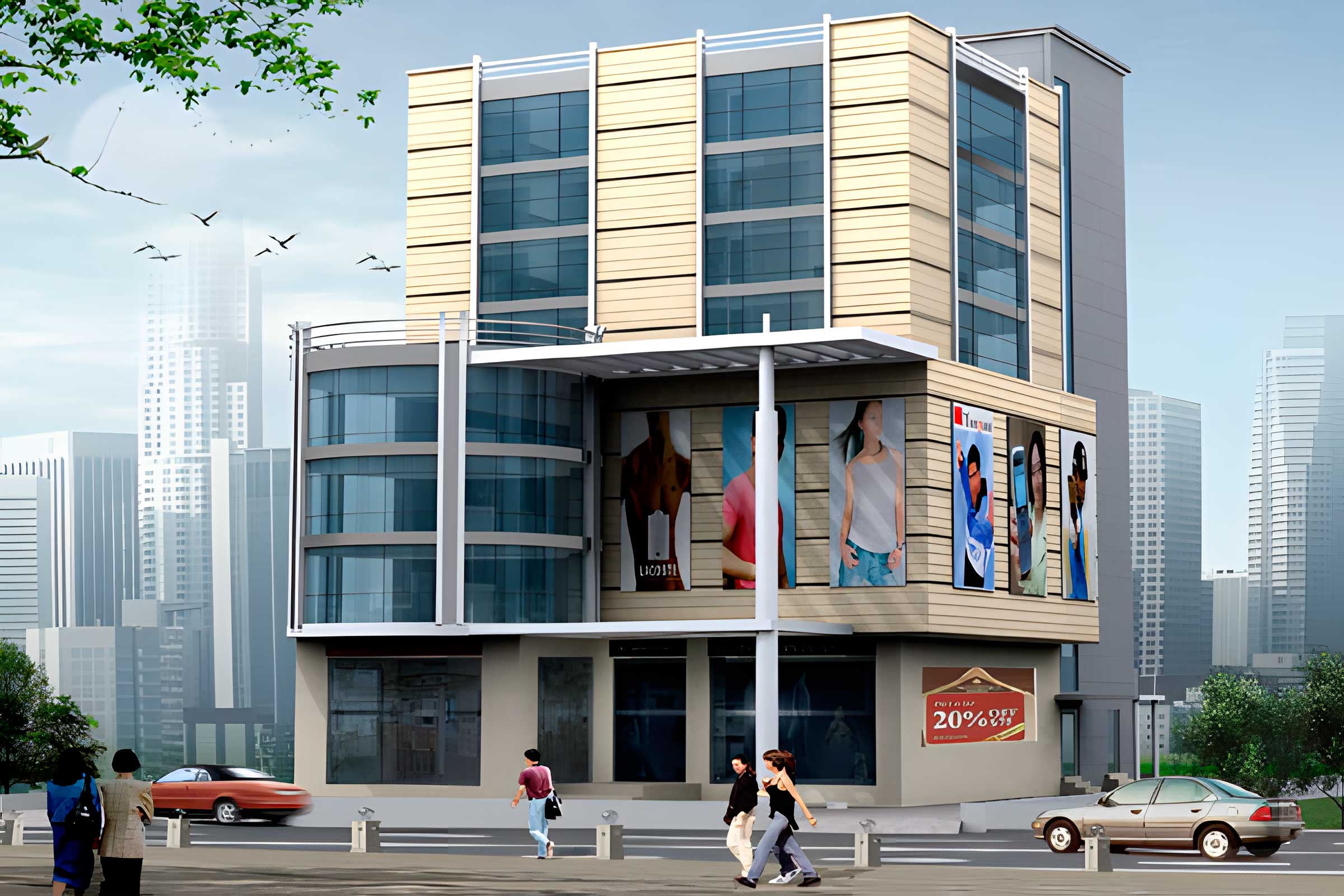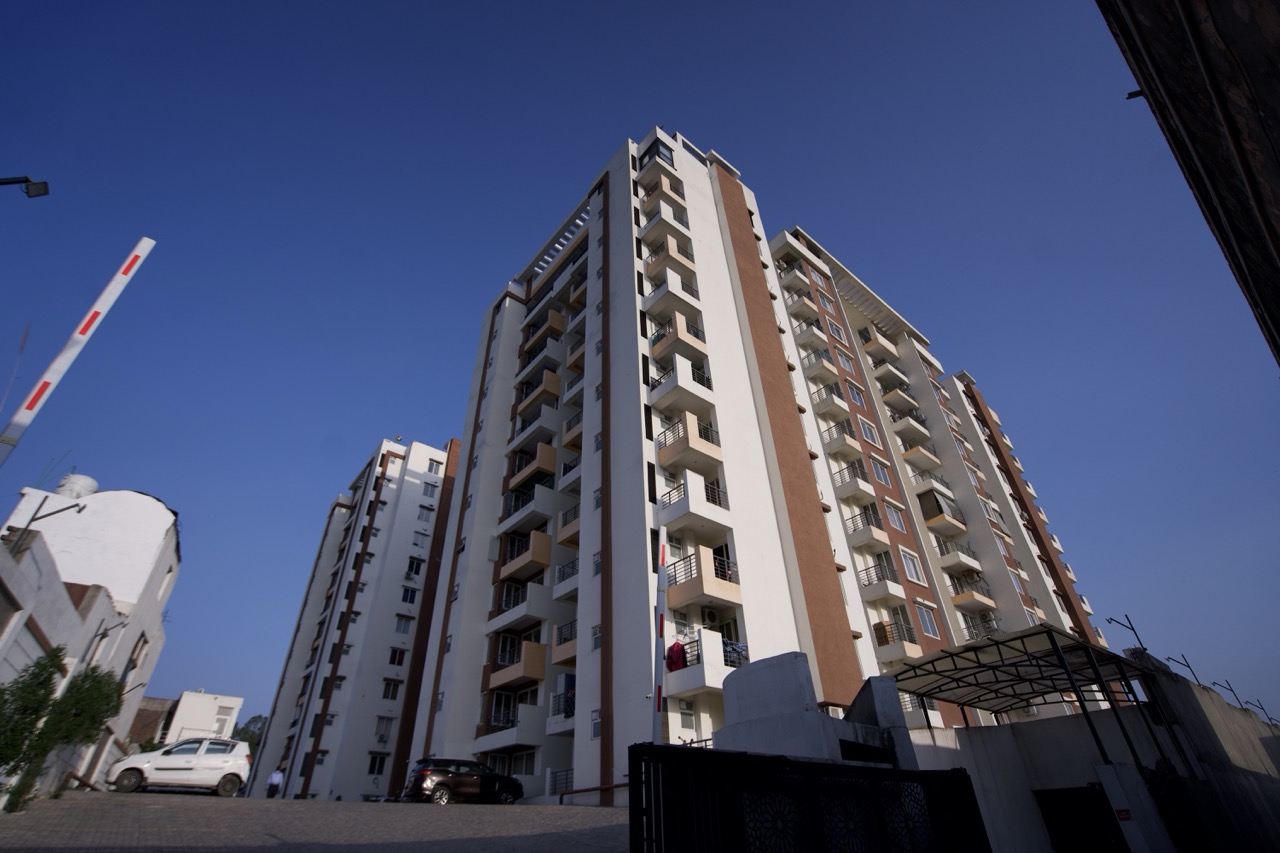How Tectonic Engineers Built Rajasthan’s Tallest Tower?
Sky 25 stands as Rajasthan’s tallest residential tower. This project reflects how Tectonic Engineers turned a bold vision into a structural benchmark, one floor at a time.
Sky 25: Building What No One Thought was Possible
What We Set Out to Build
In 2013, the team at Tectonic Engineers took on a project that would stretch the limits of residential construction in Rajasthan. The goal was clear from the start. Build strong. Build tall. Build a structure that would set a benchmark for the state.
The original plan allowed for 19 floors. After government approvals, the final number reached 28. Most residential buildings in Jaipur at the time stopped at 15 to 17 floors. Sky 25 moved far beyond that. It required a new way of thinking and a deeper level of planning.
Where It All Began?
From the start, there was hesitation in the market. People told the developer that no contractor in Jaipur could deliver a tower of this scale. The suggestion was to bring in an outside builder. The Tectonic team focused on preparation and let the results speak for themselves.
The team traveled to construction sites in Bombay and Gurgaon. They observed how high-rise towers operated, spoke to engineers, and studied project systems. These visits helped shape the execution strategy for Sky 25.
Once back in Jaipur, the team outlined the methods they would use. They knew this build needed precision and complete control over quality and logistics.
What the Team Realized Along the Way?
Conventional methods would not support this project. Most sites relied on stairs for moving labor, material, and staff. That was not sustainable beyond ten floors.
Tectonic Engineers brought in the first tower crane used on a residential project in the region. A dedicated batching plant was set up at the site. When the building reached 10 to 12 floors, the team installed a passenger lift to support vertical movement inside the structure. These systems allowed work to continue without delays and kept the workflow efficient and safe.
The structural plan used an RCC shared wall system instead of multiple columns. This approach created cleaner internal layouts and required accuracy in both design and execution. Structural engineers worked closely with the site team to validate every stage.
Bringing It to Life
Each phase of the project demanded planning and consistency. Slab cycles had to stay on schedule. Material flow followed strict routines. On-site testing ensured that every pour met the required standards.
The batching plant controlled concrete quality. The tower crane managed movement across floors. The passenger lift kept teams and materials moving without downtime. These systems were designed to solve specific problems and supported the project from start to finish.
People from across the city and nearby regions began visiting the site. They observed the work and asked how the project maintained speed and precision. The answer remained the same. Everything came down to preparation and execution.
The Turning Point
During construction, a senior builder visited the site. After reviewing the progress, he said, “I didn’t think this could be done in Jaipur.”
That moment captured the significance of the project. It validated the planning, the systems, and the belief behind every decision made on-site.
What the Project Taught
Sky 25 showed that capability grows when the team stays aligned. Large-scale construction does not depend on ambition alone. It depends on processes that work at every level.
The team learned that complex projects succeed through preparation and trust in the system. Sky 25 is still the tallest residential tower in Rajasthan. More importantly, it remains a reference point for what well-executed engineering can achieve.
get in touch
Start Your Next Project with us
Discover how our expertise and experience have shaped the projects that define us.
contact us



